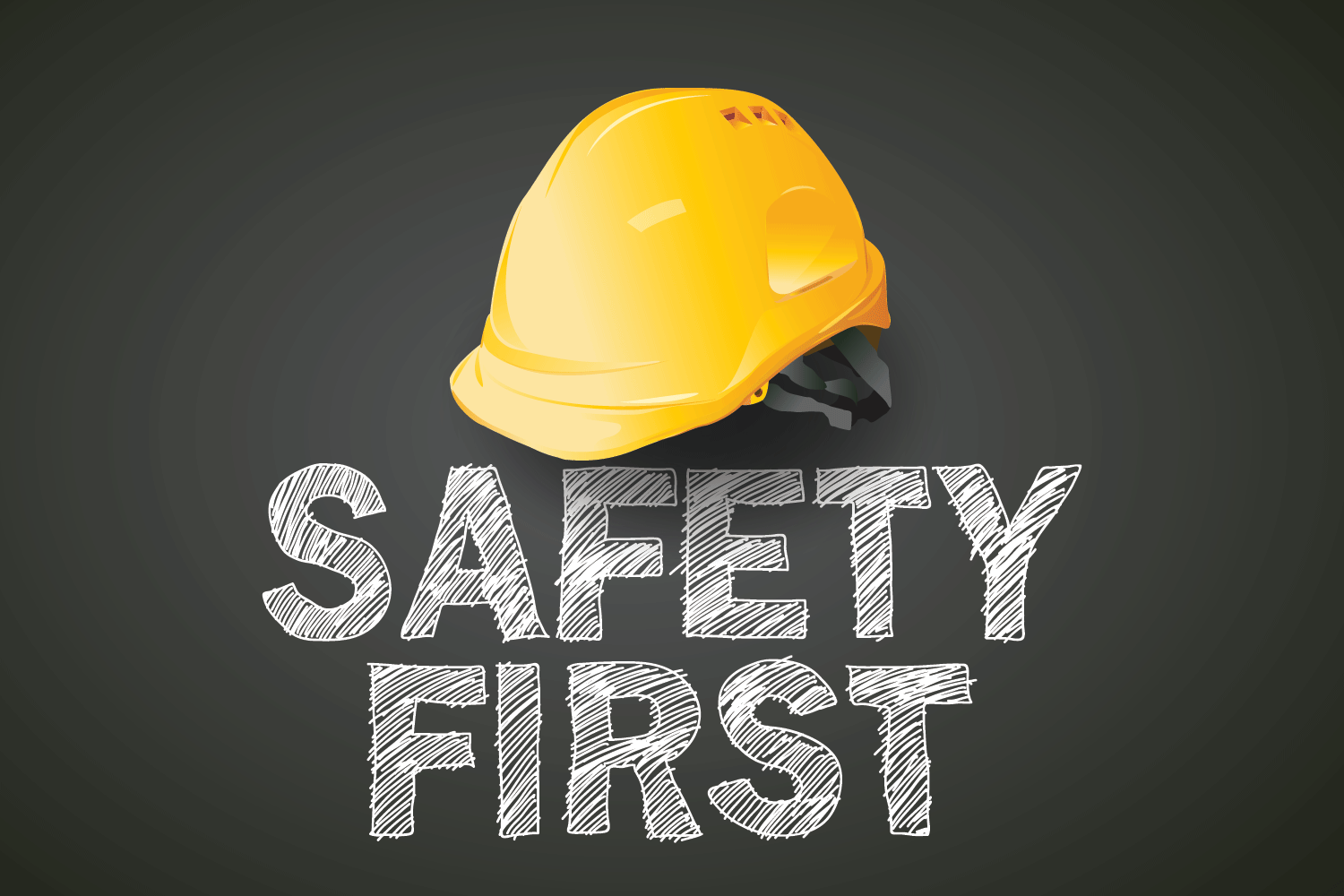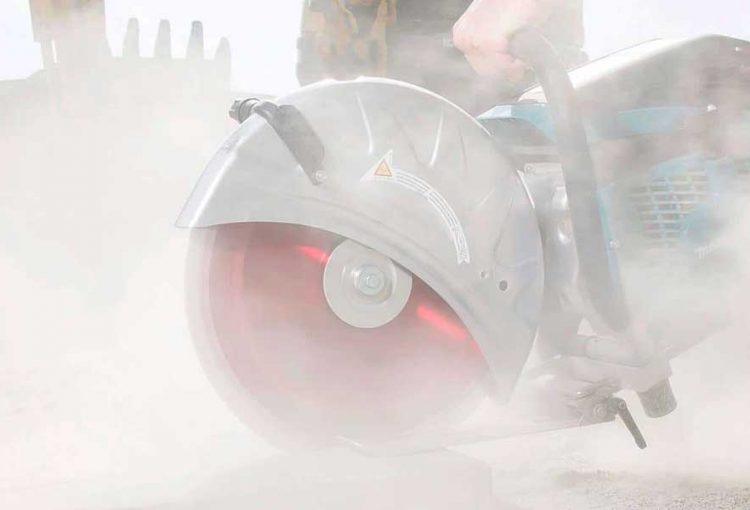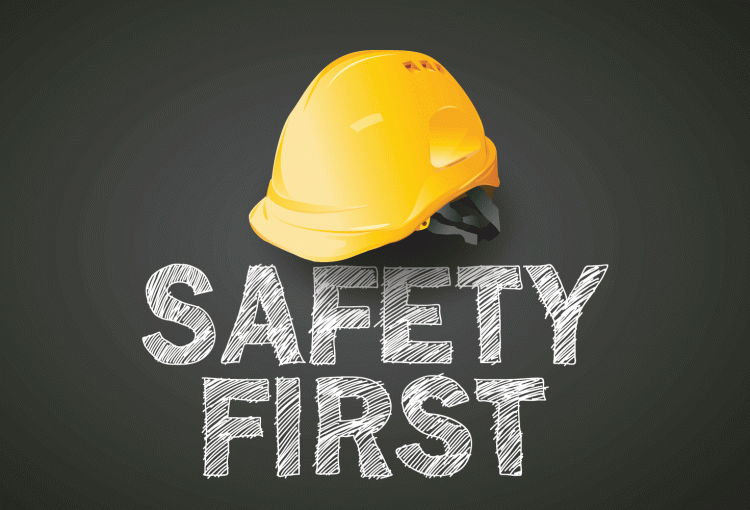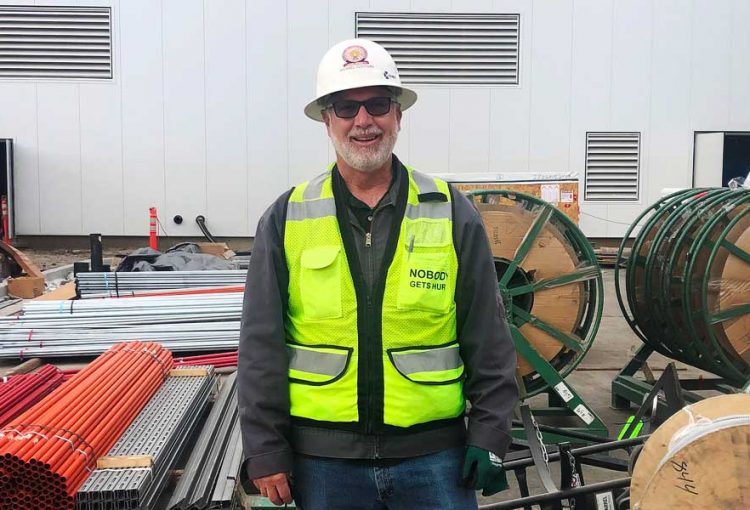Safety Report – December 2021
Working Energized Equipment
By Mike Costigan
IBEW Local 11 Safety Director
Having worked 35 plus years in the trade, I’ve seen a few things. One notable part of the job involves working on energized equipment. Sooner or later, you will be asked – or you will decide on your own – to work on equipment or with conductors that are energized.
Your decision could change your life forever. Every week, three workers die from exposure to electricity and thousands are injured by electrical hazards every year.
There are several factors that determine if an accident will end up as an accident or a fatality: the amount of current, the duration of the current going through the body, and the path which the current takes through the body just to name a few.
But the good news is that there are ways to minimalize or even remove the hazard. Let’s start with personal protective equipment (PPE). PPE is the last form of protection in the Hierarchy of Controls. This would include insulated tools, rated gloves, a hardhat with face shield and arc-rated clothing. There are four arc-rated categories of PPE. This rating is determined by an arc flash assessment using a process of calculating arc flash hazards outlined in IEEE 1584.
Working our way up the Hierarchy of Controls, you’ll find engineering controls. This means isolating the worker from the hazard. Lock Out / Tag Out (LOTO) is the most common procedure you’ll find in the field. If you are planning on working on normally energized equipment, make sure that your employer has a comprehensive LOTO in place. Make sure you fully understand their procedures, and if you are the worker who is going to be performing the work, insist they provide you with a lock that only you have a key for.
Most of our larger projects require a Job Hazard Analysis (JHA). As I stated before, this is the most important tool in your toolbox. It puts your mind in the game by having you plan every step of the task to a safe completion. If you are on a job where JHAs are not required, make a personal JHA.
Working energized or normally energized equipment requires your full attention. The IBEW and ETI are here to provide you with the knowledge and training. What you do with that knowledge could be the difference between life and death.
Stay safe.






